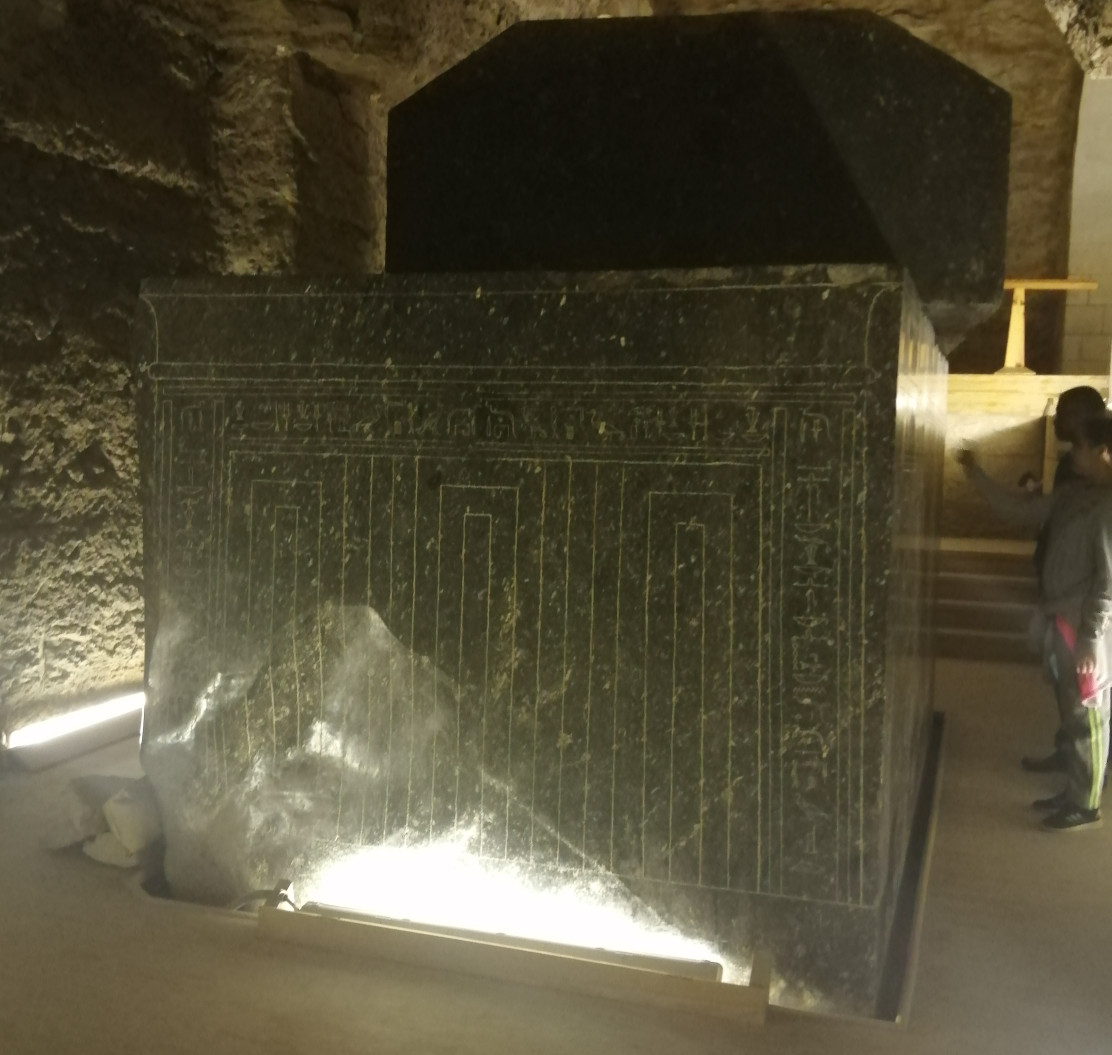Serapeum of Saqqara: description, photos, info
4.4 / 5 129 ReviewsAddress
Location: Saqqara
Accessibility
not wheelchair accessibly
Discovery of Serapeum
In the years I850-I854 Auguste Mariette discovered the enclosure of the Serapeum in Memphis. Scattered tombs, dating from the reign of Amenophis III (I8th dynasty), I408-I372 B.C. These tombs generally consist of a subterranean room and an aedicula decorated with basreliefs; polygonal columns on the corners of the building are supporting a concave cornice. The building is placed on a massive foundation. The catacombs of the secret bull Apis built around 1550 – 30 BC.
It is believed that the construction of the catacombs started at the time of king Amenhotep III of the 18th Dynasty in separated chambers and evolved later in 19th - 25th Dynasties to become hallways openings into burial chambers on both sides, in which the sacred bulls were buried. Psamtik I enlarged the hallways in the 26th Dynasty and the same pattern continued until the Ptolemaic era.
Who is Apis Bull
The Apis bull was worshipped in Memphis, whose chief God was Ptah. This sacred animal was assimilated to Osiris and became the immortal god Osiris-Apis. The name was shortened by the ancient Greeks and became Serapis.
Only one bull was worshipped at a time. After its death it was mummified in Memphis and buried in the catacombs at Saqqara in huge sarcophagi of granite or basalt, the largest of which weights 70 tons.
Mariette believed that Serapeum was dedicated to the holly bull Apis, but no mummy of the sacred animal was found there so far. That’s why the exact purpose of the structure remains unclear until now.
The Structure of Serapeum
Serapeum has the only entrance of 3.2 m wide. There were 24 sarcophagi found in Serapeum, all opened except for the one, which Mariette exploded to see what was inside, since his team was unable to open the heavy lid of 32 tonnes covering the sarcophagus.
The catacombs consist of 2 parts – The Grand Gallery and Lesser Gallery. The 1st gallery is a long straight passage of 300 meters cut under the ground from the rocks of Saqqara desert. The gallery has 24 openings placed in checkerboard order, each one containing a huge sarcophagus made of either granite or basalt. All sarcophagi are made or cut out of a solid piece of stone with a lid of more than 30 tones in weight.
As Mariette mentions in his book it was his dream to find a mummy of Apis in the catacombs when starting the excavation, but instead he found all sarcophagi lids opened. Mariette thought that mummies had been stolen. Fortunately one sarcophagus was closed. His team tried to open it but failed, as the lid was 32 ton people were unable to move it, so Mariette decided to use a dynamite to explore the sarcophagus. When the job was done there were nothing inside as well.
Findings in Serapeum
In a Lesser gallery Mariette found remains of humans. That’s how he describes himself the discovery:
“We found a wooden sarcophagus deep in the ground containing a human mummy, upper part of the coffin was damage but the mummy is well preserved and untouched and the golden mask and ushabty contain the name of son of Ramses II (Mariett book p58)”, now in Louver museum.
Also in the gallery some statues of Apis, canopic jars and remains of sacred Apis bull (bones) were found. All these findings nowadays can be seen in the Agricultural museum in Cairo.
The Lesser gallery is closed for public. In the Grand gallery nothing related to Apis bull had been found so far.
